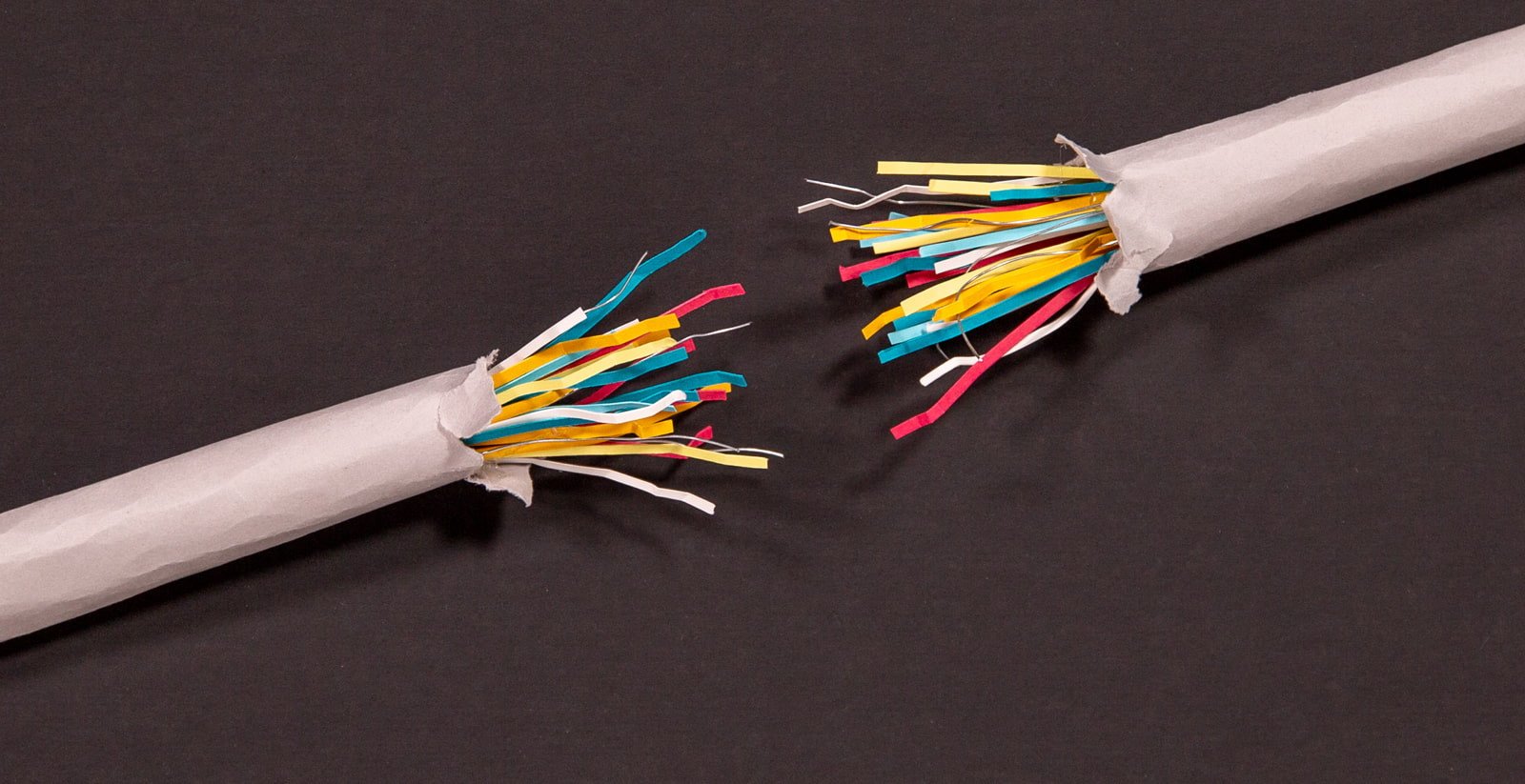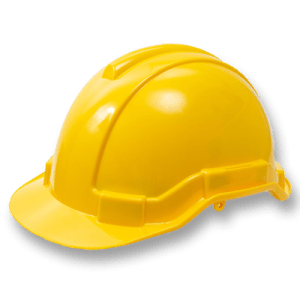Creating powerful messages
Learn the power of impactful messages. Explore safety situations and create a public service announcement to keep your peers safe around electricity.

Overview
This compelling video about a life-changing decision shows us what makes an impactful safety message. Students use their own ideas to design a powerful public service announcement (PSA) to keep their peers safe around electricity.
Instructions
What you'll need
- Internet connection and a projector
- "Creating powerful messages: PSAs" worksheet
- "Safety scenarios" handout
- "Core competency connections" worksheet
Electricity is all around us and we use it every day, but because it’s invisible we don’t often give it much thought. The truth is electricity is powerful and can be dangerous if we’re not careful. Young people under the age of 25 are especially vulnerable to accidents with their friends at work. The more we know about electrical safety, the better informed we’ll be when making decisions.
Eric’s story
- Activate your students’ interests and prior knowledge with a few questions to start.
- What do they already know know about electrical hazards and how to stay safe around electricity?
- Has anyone ever had an incident with electricity or a close call?
- How did it happen? What happened after?
- Give each student a copy of "Creating powerful messages: PSAs" worksheet (printed or as a fillable PDF) and go over the questions on page 1.
- Watch Eric’s story (2:15) about a young man who survives an electrical incident and listen without writing anything down.
- Allow a few minutes for students to jot down notes and watch the video again.
- Have students answer the worksheet questions.
- Discuss as a class:
- Who’s the target audience?
- What’s the key message?
- Did any facts or information stand out?
- Is the video an effective way to convey a message? Why or why not?
- Why do you think BC Hydro created the video?
Powerful messages
- Discuss with students what they know about public service announcements (PSAs). Can they think of any examples?
- PSAs are a form of advertising that’s existed since the 1940s.
- Instead of selling products, PSAs are ads that raise awareness and educate the public about health and safety, the environment, and social and humanitarian issues.
- PSAs originated as radio or television ads and were typically 30 or 60 seconds long.
- With the introduction of the internet and social media, PSAs are becoming more common on digital channels, such as YouTube, Facebook, and Instagram.
- Ask your students to create a concept for an online PSA. The PSA should be designed to increase awareness among your peers about the dangers of electricity.
Create your own PSA concept
- Divide students into pairs or groups of three.
- Give each group copies of the "Safety scenarios" handout to introduce different safety hazards. Have each group pick an electrical hazard for their PSA (or assign them) so there’s at least one group for each hazard.
- If time allows, have students do additional research about their electrical hazard and how to stay safe.
- Students can use the "Creating powerful messages: PSAs" worksheet to prepare and create their PSA concept.
Showcase the PSA concepts
- It’s time for students to share their PSA concepts. This is a chance to learn from each other and showcase their creative ideas.
- Allow time for each group to present their concept or have a gallery walk.
- Debrief the activity:
- Highlight the different electrical safety messages shared in the PSA concepts.
- Through the PSAs, students have increased their awareness about electrical safety. Discuss situations and scenarios in their lives when this information will help them stay safe.
Modify or extend this activity
- Have students complete the "Core competency connections" worksheet.
- Have students generate questions about electrical safety hazards
- Have students find examples of workplace safety PSAs.
- Which are the most effective and why?
Curriculum Fit
Core competencies
This activity supports development in many of the Core competencies.
Communication
- Communicating
- Collaborating
Thinking
- Creative thinking
- Critical and reflective thinking
Personal and social
- Personal awareness and responsibility
- Social awareness and responsibility
Career Life Education
Content
- Career-life development
- Appropriate workplace behaviour and workplace safety (injury prevention and safety protocols, such as WHIMIS, PPE, safety training, WorkSafeBC, occupational health and safety rights and responsibilities)
Career Life Connections
Content
- Personal career-life development
- Competencies of the educated citizen
- Rights and regulations in the workplace, including safety
Entrepreneurship and Marketing 10
Content
- Forms of marketing
- Online marketing concepts
Curricular competencies
Applied design
- Sharing
- Decide on how and with whom to share product and processes
English Language Arts 11, 12
Content
- Strategies and processes
- Writing processes
- Presentation techniques
Curricular competencies
Create and communicate (writing, speaking, representing)
- Use writing and design processes to plan, develop and create engaging and meaningful texts for a variety of purposes and audiences
Assessments
- Assess students’ participation in class discussions.
- Assess students’ ability to communicate in their group.
- Assess students’ PSA concepts, research and worksheet for understanding of electrical safety hazards and developing for an audience.
Teaching Notes
Eric’s story
Eric’s story is a two-minute video about a young man who survives an electrical incident. Eric and his friends were out one night when they ended up somewhere they weren’t allowed to be. A split second of poor judgement changed Eric’s life forever. Some key details from his experience include:
- Eric found himself close to a 12,000 volt main line going into a transformer.
- The electricity arced and entered through the left side of Eric’s head and exited his left wrist.
- Electricity can jump.
- It all happened so fast.
- It was a split second of poor judgement.
- A lifetime of change started there.
- There needs to be a respect for electricity.
PSAs
Developing a concept for a Public Service Announcement embraces the new curriculum model of “Know–Do–Understand” and is a way to honour students’ voice and choice. Creating a digital PSA demonstrates a logical sequencing of ideas, connects appropriate content to the overarching message, and exudes a high quality and depth of learning. The Core Competencies of Personal Awareness, Social Responsibility, Communication, Critical Thinking and Creative Thinking are all supported in this activity.
Science of electricity
Electricity is powerful and can be dangerous. The more students know about electrical safety and responding to emergencies at home, in the community and in the workplace, the better informed they’ll be when making decisions.
Electricity seeks the easiest path to the ground and will travel there through any conductive material. The human body conducts electricity and if we get between electricity and the ground or something touching the ground, electricity will flow through us.
Electricity travels very quickly – approximately 300,000 km per second. You aren’t given any warning or time to react.
Down. Danger. Dial.
A downed line may be on the ground or caught in a tree. Wherever it’s landed, it can be a danger to yourself and others. Stay at least 10 metres (the length of a yellow school bus) away from the downed line and call 911 as soon as you can. Emergency services dispatch a team immediately to secure the area and will contact BC Hydro right away. For more information, go to bchydro.com.
Touch and step potential
Touching anything connected to live electricity can provide a path to ground (e.g. touching a ladder that becomes energized by electricity creates a path to ground through the person). This is called touch potential.
Electricity moves from high to low concentrations and spreads away from a point of contact on the ground in concentric circles. If a person is standing with one foot on an energized piece of ground and the other foot on a less energized piece of ground, electricity will move through the person. This is called step potential.
If you find yourself near a downed power line, you need to shuffle away from the electrically charged ground until you are at least 10 metres away. Shuffle with your feet close together so that the heel of the front foot doesn’t pass the toes of the back foot.
Electrical injuries
Injuries can occur through direct contact with electrical energy or when electricity arcs (jumps) through the air to a person who is grounded. High-voltage contact burns can damage internal tissues while leaving only very small injuries on the skin. Muscle contractions, or a startled reaction, can cause a person to fall from a ladder or height, causing serious injuries.
Electrical contact can cause electric shock, which prevents a person from moving to disconnect the electricity, and can cause serious internal injuries, burns or electrocution. Electrocution is the term used for a death caused by electrical contact. High voltage electricity can move through all types of materials including metals, wood, rubber and soil. No matter the urge to help someone, don’t touch someone who is being shocked. Call 911 and wait until BC Hydro can isolate and turn off the power.
Power lines
Always look up and look down. Be aware of overhead and underground power lines.
Overhead wires entering houses and buildings aren’t insulated and therefore can’t protect you from an electric shock. You don’t have to touch a power line to be shocked or electrocuted; if you come within three metres of a power line, the energy can arc (jump) towards you and take a path to the ground through your body. Remember this if you are using a ladder, painting, climbing trees or cutting branches. Stay back at least three metres from any power line.
If you don’t see the power lines above you, they are buried underground. Call BC 1 Call (1-800-474-6886) before digging to find out the location of underground electricity, gas or service lines and avoid them.
Power outages
Power outages can be caused by power lines falling to the ground. Remember to stay back at least 10 metres from a downed power line and call 911.
Prepare for a power outage by developing a plan with your family. Make a list of local emergency contact numbers and purchase or prepare an emergency kit. Never use a portable generator indoors because carbon monoxide gas can build up and lead to death. All workplaces should have an emergency plan. Make sure you’re familiar with it.
Power cords and outlets
- Don’t overload circuits. This can cause short circuits and possibly a fire. If multiple connections are required, use a properly rated power bar.
- Never use cords or plugs that show signs of wear or damage. They can cause shocks or fires.
- Don’t use a two-pronged extension cord outside.
Water and electricity
- Keep all electrical cords away from heat and water.
- Never use electrical tools or appliances near water.
- Never use an electric lawn mower when it’s raining or on wet grass.
- Keep plugged in devices away from swimming pools or wet surfaces.








